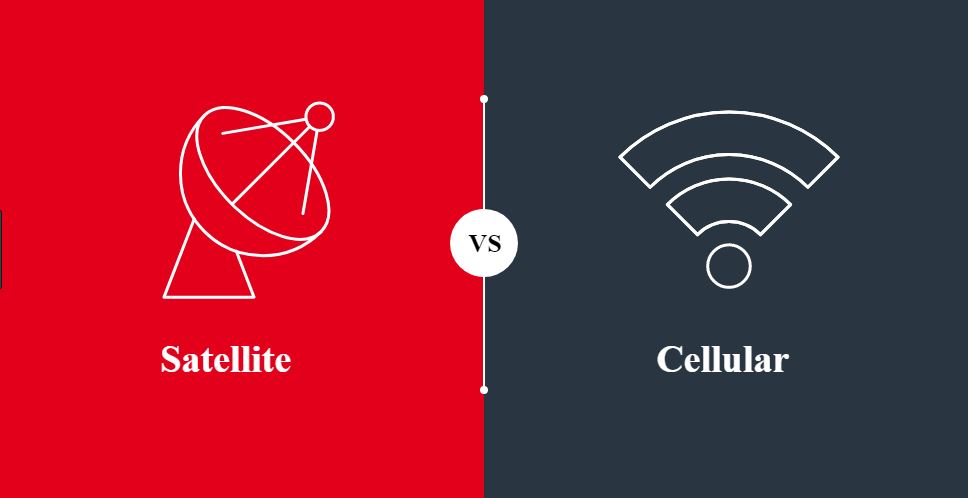Remote monitoring for machines offers real-time insights for operations managers and technicians. While we may often take the value of remote monitors for granted, we must still decide on what types of monitors to use and how to set them up.
Depending on the type of remote monitors you would like to use, you may decide on the method of data transmission either before or after picking the make and model of the monitor. While there are subsets within each category, the main methods of transmission are cellular, ethernet, and satellite.
We would like to help you consider the advantages and disadvantages of each method.
Cellular remote monitoring
Cellular remote monitoring has quickly become the most popular form of transmission. With better speed, coverage, price, and reliability, cellular monitoring is usually the best option for any remote monitor.
In the early 2000’s, remote monitors may have needed to pass relatively large amounts of information that would take slightly longer on cellular channels. Coverage was less certain, and price was higher. In the last two decades, though, price and coverage for cellular technology have improved past a critical point where there is almost no barrier to entry for remote monitoring.
And while the amount of data transferred by remote monitors has increased drastically to provide a more detailed level of insight, cellular bandwidth has increased even faster, virtually removing any noticeable latency and leaving no monitor downtime.
If you decide to use cellular monitoring, you have the option to use 3G/4G or LTE cellular transmission. While usually cheaper than LTE, 3G/4G is soon to be obsolete technology. LTE is, on average, the best long-term solution to remote monitoring needs, and a modular monitor design should allow you to upgrade your cellular radio later without losing the entire monitor.
Ethernet remote monitoring
Hardwire hookups for remote monitors are by far the rarest. Compared with cellular and satellite options, ethernet direct connections are easier to damage, harder to relocate, and require ethernet access and a length of cable near your machine.
While hardwire connections are reliable and fast, any advantage over radio options is negligible for remote monitoring purposes. Hardwire connections only make sense when your monitors will be placed in a covered, reinforced building with no radio signal penetration, like a bunker, where you will still have ethernet capabilities. In fact, even in difficult to reach places, you may still add a cellular antenna extension between your machine and the outside, area permitting. If none of that works, then as a last resort, use direct lines when cellular and satellite options are absolutely impossible.
Satellite remote monitoring
Satellite connections are highly effective in almost every case where cellular monitoring is not a viable option. While slower and less cost effective than cellular, satellite coverage allows you to have remote monitoring almost anywhere you can use a machine. For remote outdoor locations, satellite can provide all of the speed, reliability, and access you will need to meet your remote monitoring needs.
There are different varieties of satellite transmissions, but Iridium satellites are known as the industry standard, as the network offers coverage of the entire surface of Earth. These low-Earth orbiting satellites work no matter what local obstructions are near your satellite receiver, and they function at higher latitudes where other options fail.
If you have other questions about transmission methods or other aspects of remote monitoring, contact OmniMetrix.


